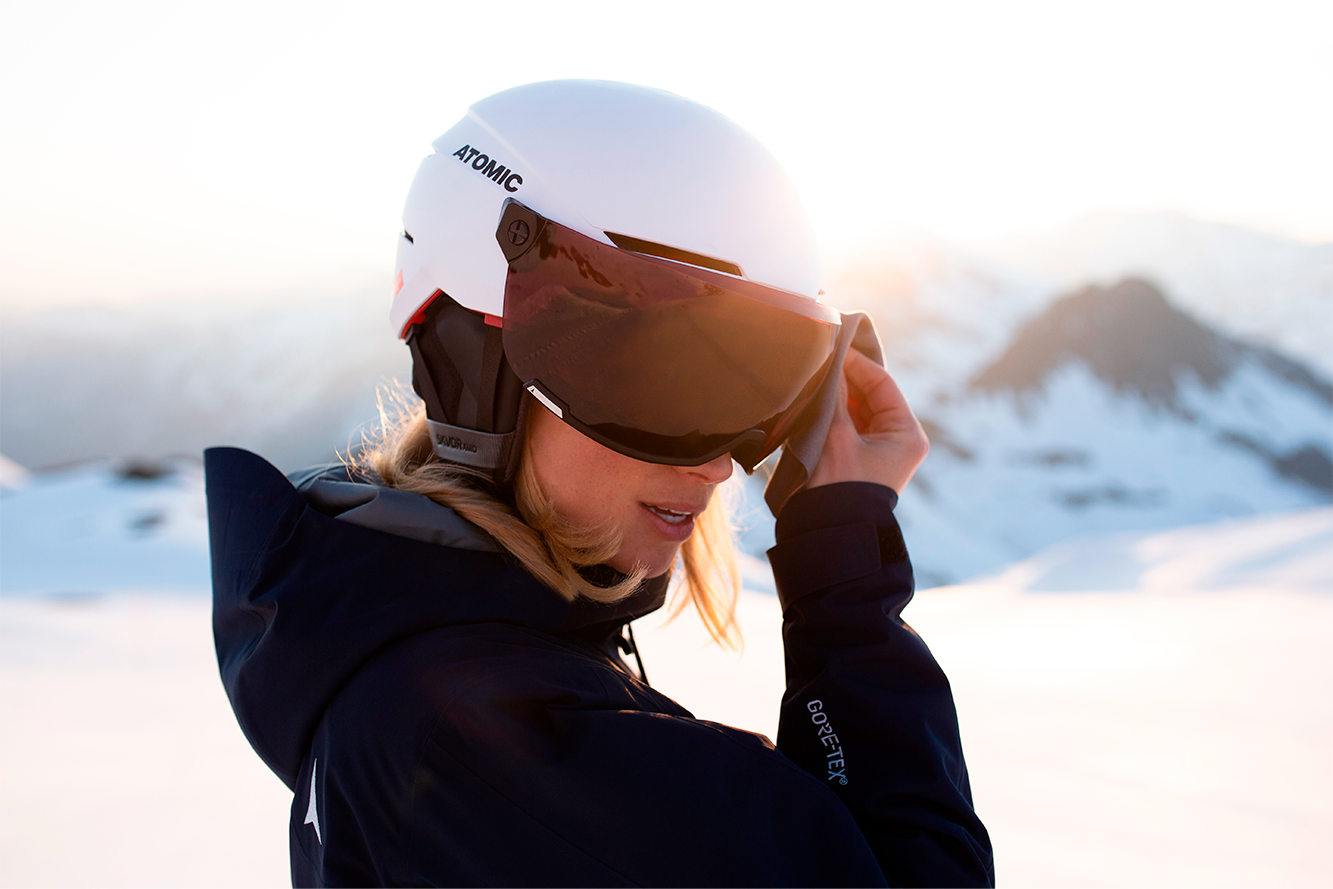Buying snow goggles? Here's what you should consider
16 februari 2023
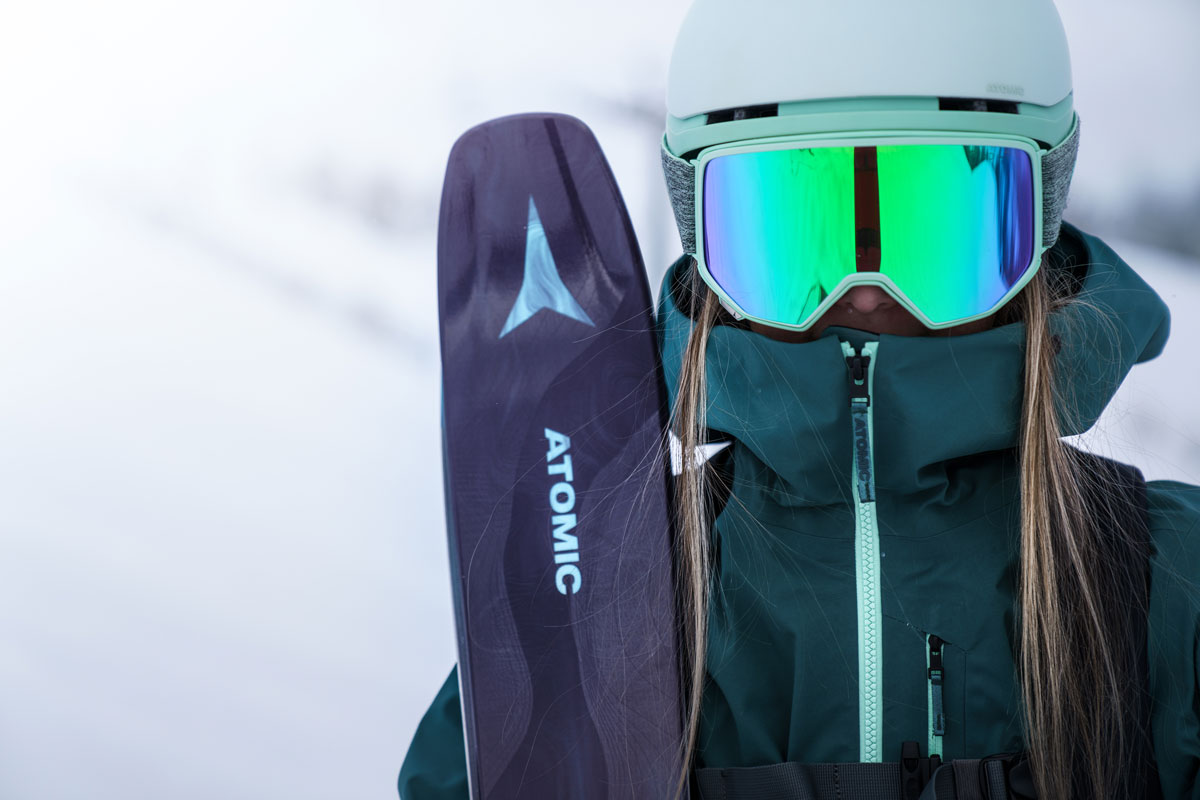
Visibility, made visible.
Actually, you can't do without a good ski goggle. You need to protect your eyes from ultraviolet radiation, snow, and wind, and you need to maintain visibility during harsh weather conditions. Weather in the mountains can change extremely quickly, and your regular sunglasses won't be sufficient. You need a ski goggle, also known as goggles.
But which snow goggle should I choose?
Ski goggles come in all shapes and sizes. From simple and basic goggles to futuristic, Star Wars-like goggles. The biggest difference lies in the lens of the goggles. In the past, many goggles had single lenses, which had the disadvantage of fogging up. Nowadays, many goggles come with double lenses or anti-fog coatings. The most noticeable difference is seen in the lens colors.
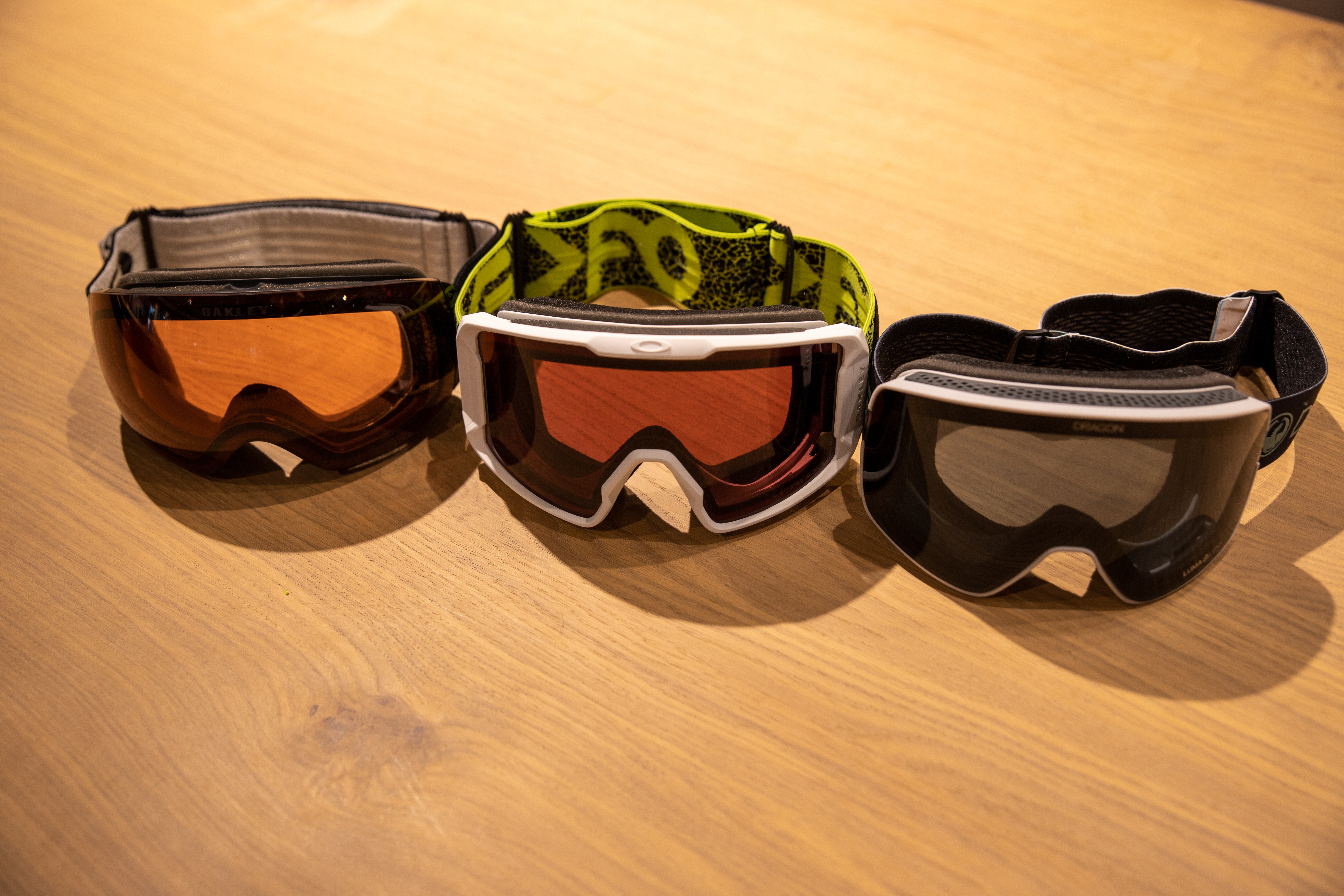
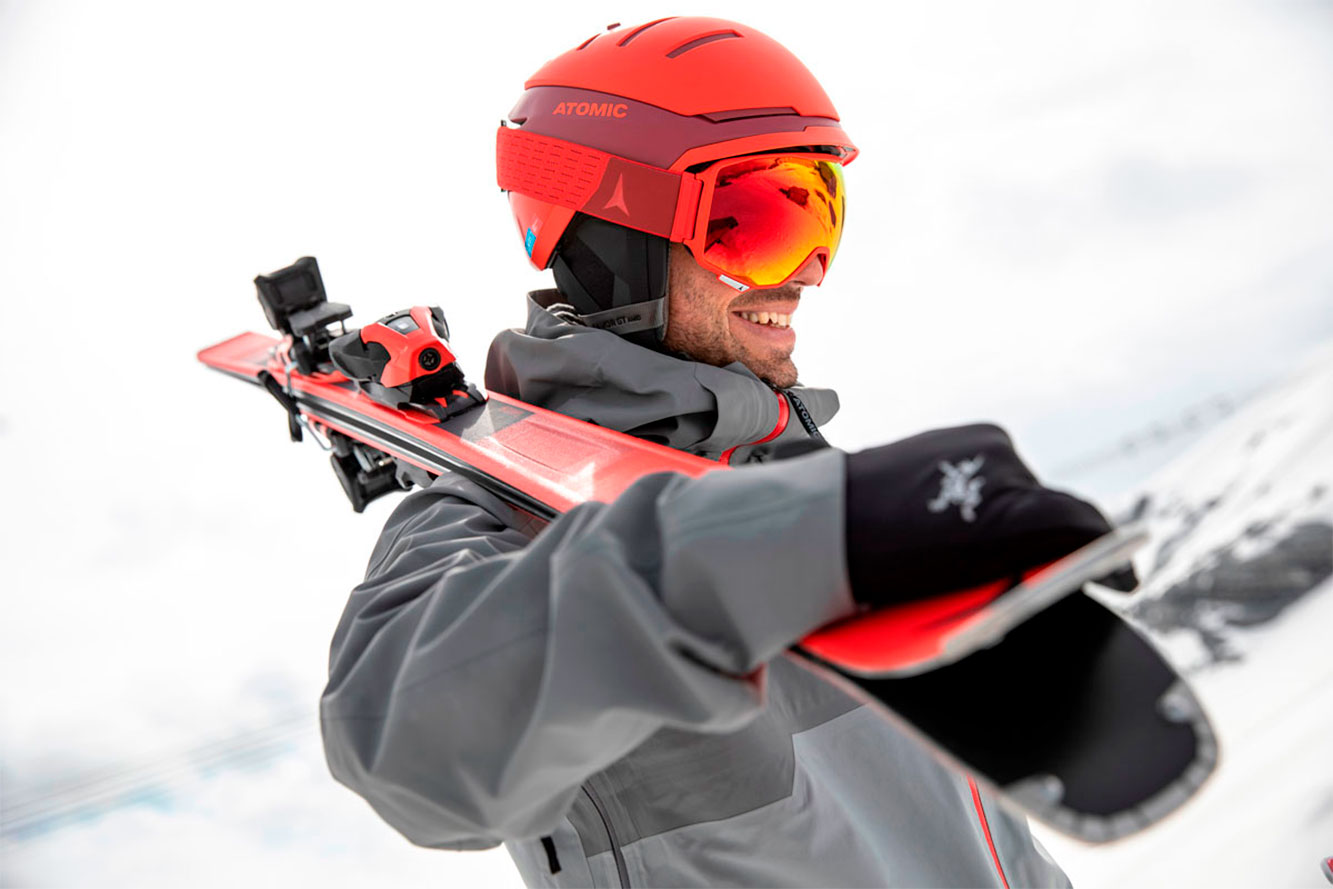
Yellow or orange for low visibility
There are a few things to consider when purchasing ski goggles. Will you be wearing them all the time, or only in case of emergency during bad weather? In the latter case, it is advisable to choose goggles with a yellow, pink, or orange lens. These lenses provide the most depth perception in low visibility conditions. Many skiers and snowboarders wear goggles throughout the day, even when the sun is shining brightly. In that case, UV protection is also crucial, and it's better to choose a darker lens.
If you only wear the goggles in bad weather, you can suffice with a more basic pair. However, keep in mind that your eyes are exposed to a lot of UV radiation in the mountains, even when the sun isn't shining. Make sure you have a good pair of sunglasses!
Customization
There are models with interchangeable lenses, which allow you to adapt your goggles to the conditions. For some models, it may require some practice, so it's best to try it at home first. However, there are also magnetic systems that make lens swapping a breeze. Ski goggles with photochromic lenses adjust themselves to the light conditions. There is a lot of technology in these lenses, such as polarization to reduce glare, contrast enhancement for better depth perception, or intensified colors. There can be significant price differences, so try them on and experiment.
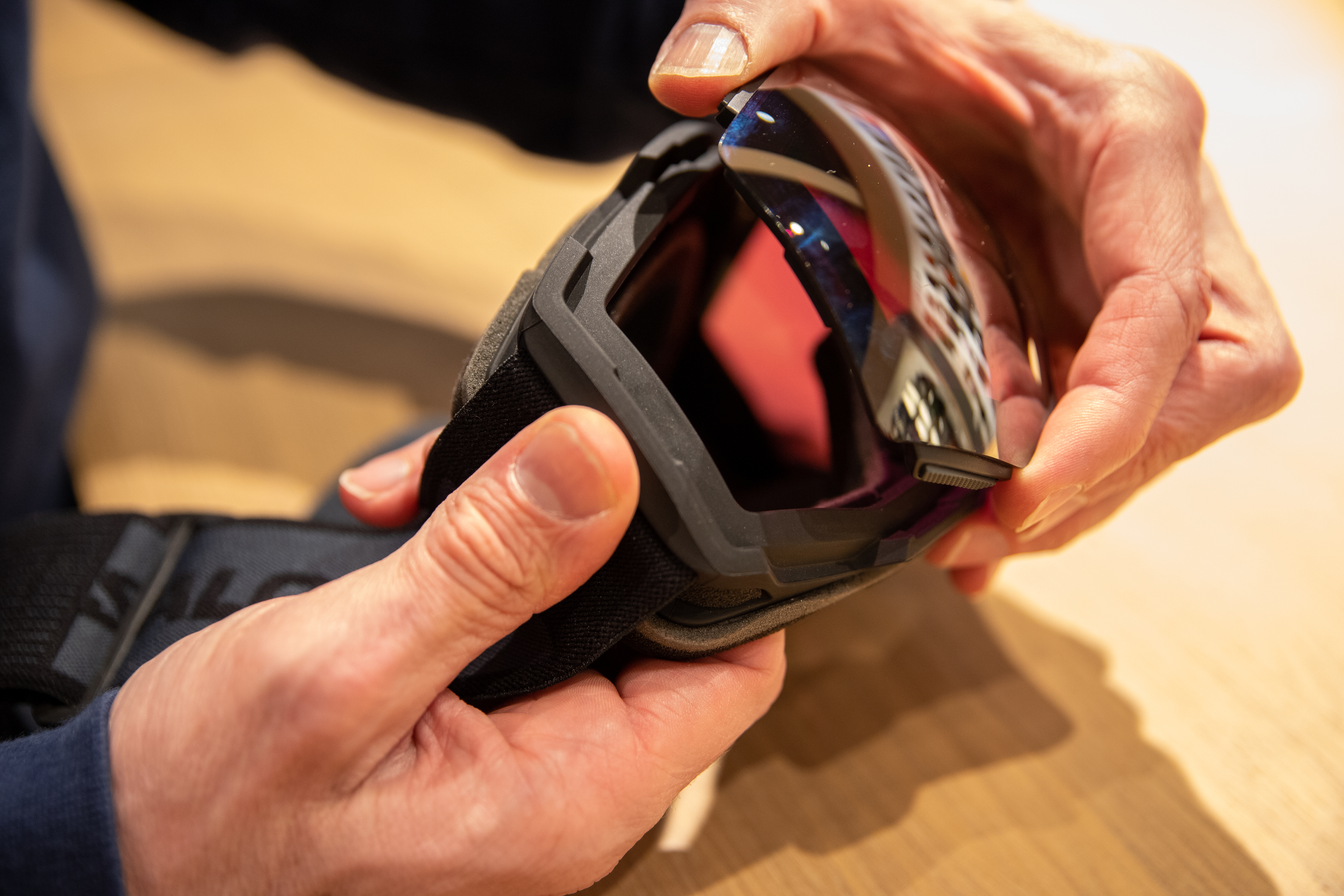
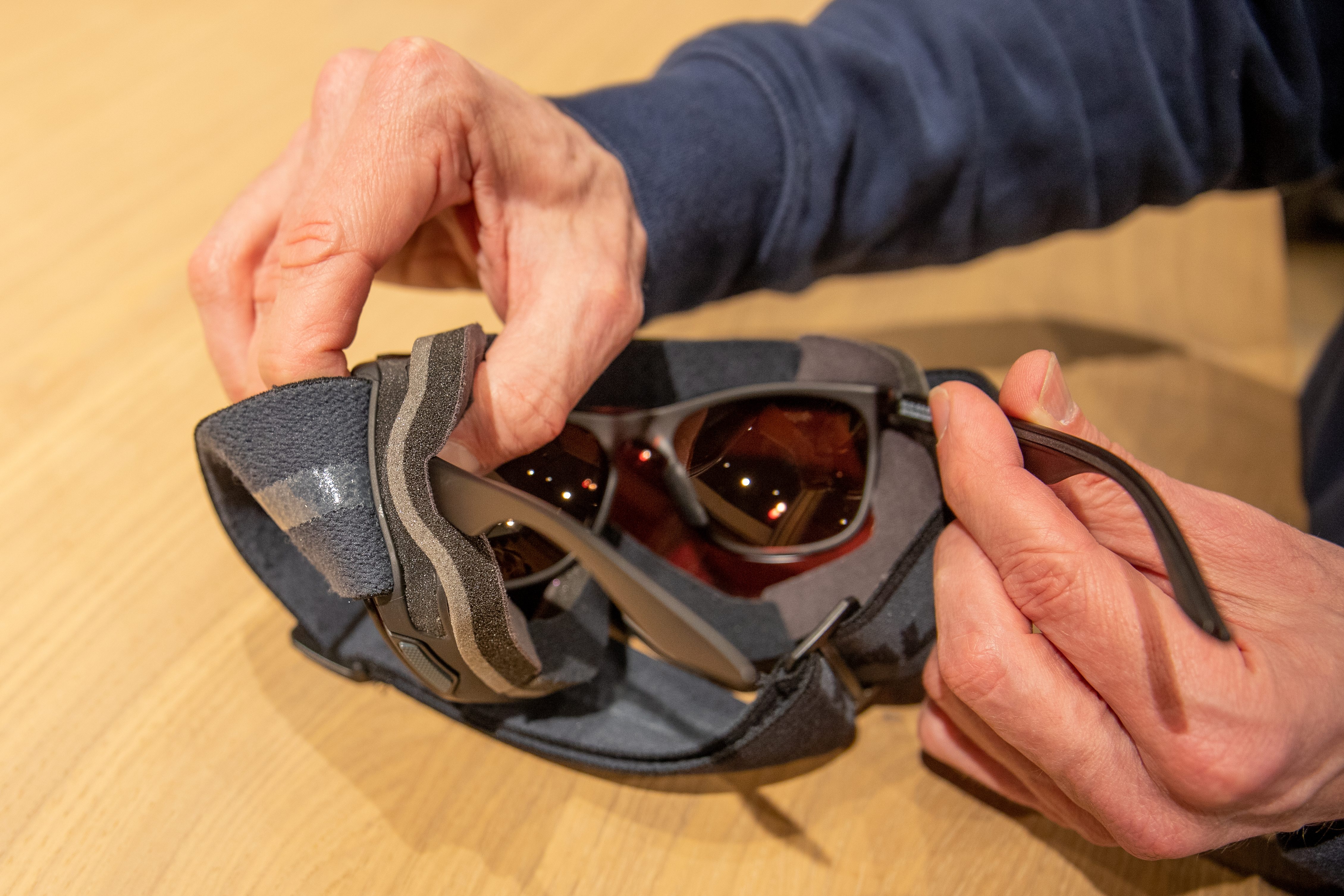
Wearing glasses?
For those who wear glasses, there are special models called OTG (Over the Glasses). Always check if your regular glasses and the ski goggles fit together. Ventilation is crucial, so pay extra attention to it. Nowadays, there are ski helmets with built-in visors for glasses wearers. It's similar to a motorcycle helmet, and the visor simply slides down without touching your own glasses.
Tips
- If you already have a helmet, bring it with you when trying on goggles. Check if they fit well together. Ideally, the goggles should align with the edge of the helmet. If there's a large gap (the notorious goggle gap), it may look a bit silly.
- A good ski goggle is a significant investment, but it's also a delicate product. It's easy to scratch the lens, so handle it with care. The pouch in which the goggles are delivered is often suitable for cleaning the lens as well.
- If you experience fogging issues, you can lightly coat the inside of the lens with a little dish soap. This helps prevent fogging. There are also special anti-fog solutions available, of course.
- Once you put on the goggles, keep them on. For example, don't slide them onto the helmet while in the lift. Moisture will inevitably get inside, causing fogging problems.
